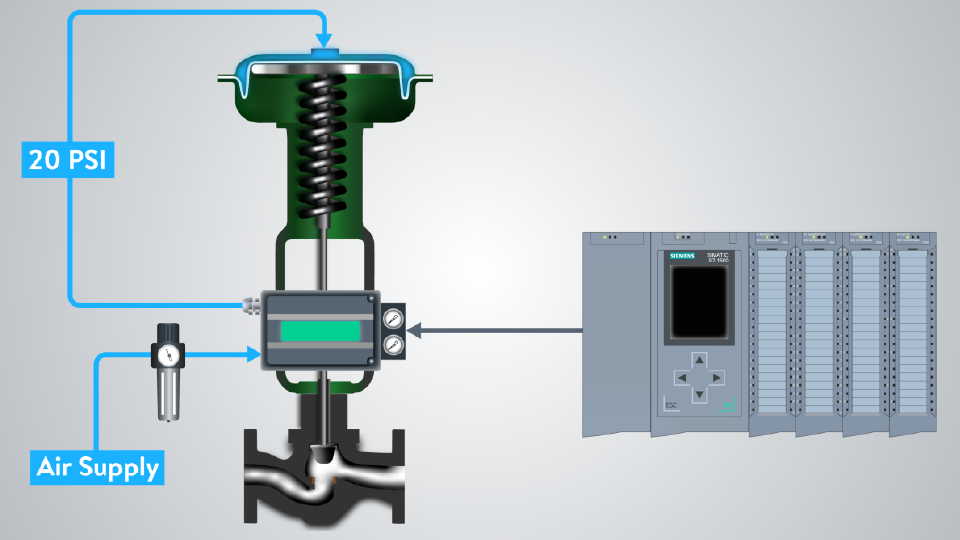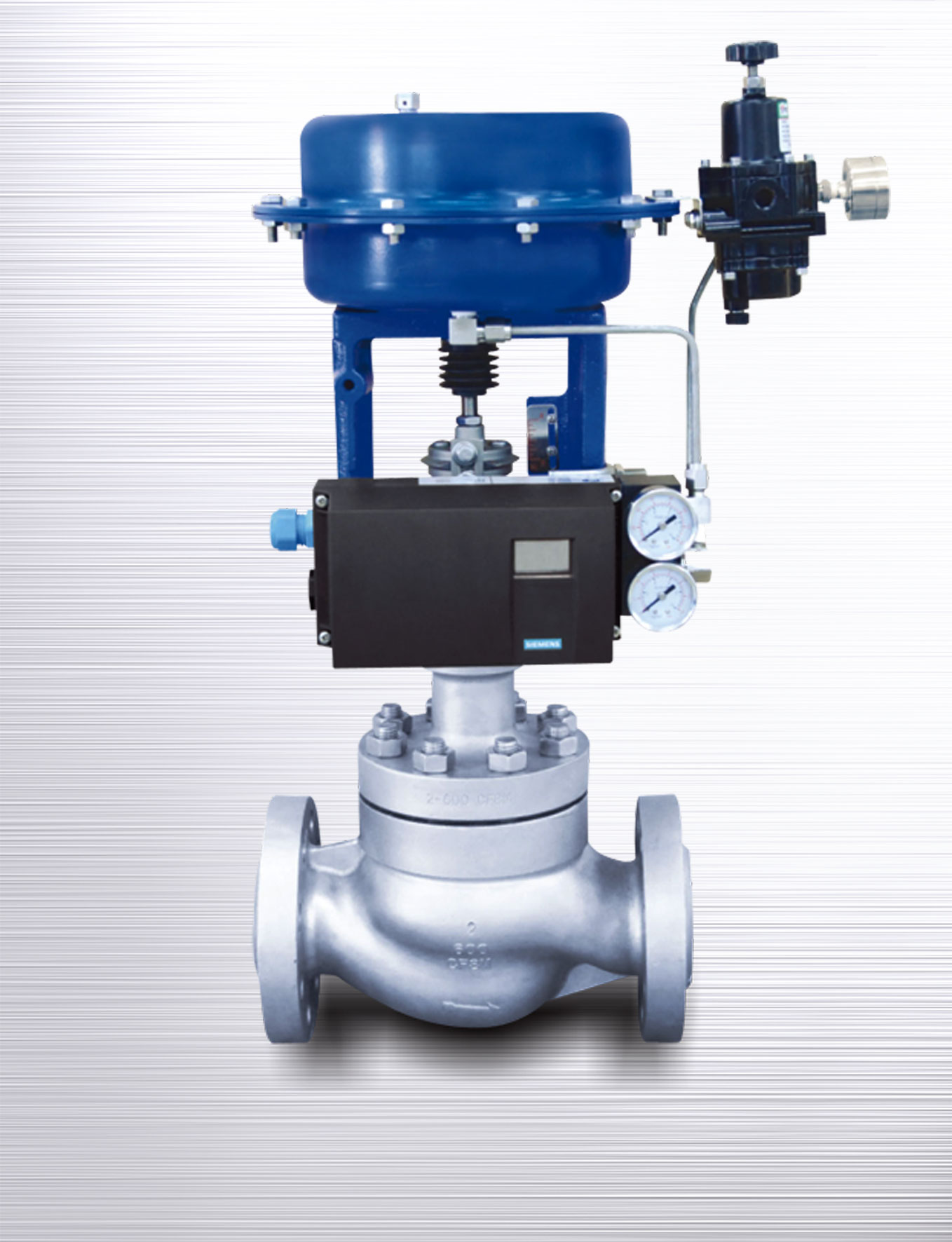How Control Valves Impact Power Performance in Industrial Settings
How Control Valves Impact Power Performance in Industrial Settings
Blog Article

Maximize Power Financial Savings and Convenience With Advanced Building Automation Controls
In the world of contemporary architecture and facility monitoring, the combination of advanced structure automation manages stands as an essential development. The convergence of technology and sustainability has birthed a brand-new era where power efficiency, convenience optimization, and functional streamlining are no much longer achievable realities yet remote aspirations. By taking advantage of the power of automation, buildings can adjust, respond, and develop in methods that were once unbelievable. The capacity for substantial power cost savings and boosted comfort is not simply a guarantee yet a possibility waiting to be met. This paradigm change in building administration holds the key to opening a world where ecological conscientiousness and occupant wellness sympathetically coexist within the wall surfaces of our structures.
Energy Effectiveness Conveniences
Power effectiveness benefits can considerably minimize power usage and operational prices in structures. Energy-efficient systems, such as sophisticated structure automation controls, can maximize the use of resources like lights, cooling, and heating, leading to lower power costs over time.
In addition, improved power effectiveness can prolong the lifespan of building devices and systems. By operating more efficiently, a/c systems, lighting components, and other structure components experience much less deterioration, leading to lowered upkeep and substitute costs. In addition, energy-efficient structures commonly regulate greater home worths and rental prices, giving lasting monetary advantages to proprietors.
Moreover, energy performance can boost occupant comfort and efficiency. Correctly managed interior settings with optimum lights and thermal conditions create a more pleasant and helpful work area, resulting in boosted worker complete satisfaction and efficiency. Overall, the power efficiency benefits related to sophisticated structure automation controls are multifaceted, encompassing expense savings, ecological stewardship, and occupant well-being.
Enhanced Comfort Control
Enhancing comfort control in structure atmospheres requires a sophisticated integration of innovative automation systems for ideal resident health. By making use of innovative building automation controls, centers can customize the indoor atmosphere to satisfy the specific demands and choices of residents. control valves.
By integrating these innovative controls, buildings can not just improve comfort yet also enhance energy performance by enhancing system procedures based on real occupancy and usage patterns. Ultimately, focusing on resident convenience via advanced automation systems leads to a much more pleasurable and much healthier indoor environment.
Operational Performance Improvements

Additionally, the implementation of real-time tracking and analytics devices enables building operators to determine power ineffectiveness and functional abnormalities quickly. By constantly keeping track of power use patterns and system efficiency metrics, adjustments can be made in real-time to maximize energy usage and make certain peak operational efficiency. control valves. Furthermore, incorporating need feedback strategies into building automation controls can additionally improve functional performance by dynamically readjusting power use based upon grid problems and pricing signals
Indoor Environment Optimization
Efficient interior environment optimization is a fundamental aspect of structure automation controls, making certain passengers' comfort and well-being while optimizing energy savings. By making use of innovative sensing units and controls, building automation systems can continually readjust and check temperature level, moisture degrees, air high quality, and air flow to develop an optimum interior atmosphere. Preserving consistent and comfortable problems not just improves passenger contentment yet additionally improves efficiency and overall well-being.
Indoor climate optimization additionally plays an essential role in power efficiency. By fine-tuning cooling, heating, and air flow systems based on real-time data and occupancy patterns, developing automation controls can substantially minimize power intake - control valves. Applying methods such as demand-controlled ventilation and thermal zoning can aid decrease power waste while making sure that each area of the structure gets the needed conditioning.

Sustainable Setting Development
Building automation controls not just maximize interior environment conditions for energy efficiency and occupant convenience however additionally lay the structure for producing a sustainable environment via critical monitoring of sources and systems. By integrating advanced structure automation modern technologies, such as sensing units, actuators, and intelligent software application, centers can keep an eye on and adjust energy use in real-time to minimize waste and reduce their carbon impact. These systems make it possible for anticipating maintenance, identifying possible issues prior to they intensify and optimizing tools efficiency to enhance long life and performance.
Additionally, lasting atmosphere creation prolongs past energy management to include water conservation, waste decrease, and indoor air top quality improvement. Structure automation controls can regulate water use, find leakages, and make sure proper garbage disposal techniques, contributing to total sustainability efforts. Furthermore, by regulating and keeping an eye on air flow and filtration systems, these modern technologies improve owner health and performance while reducing power consumption related to cooling and heating procedures.
Verdict
In final thought, advanced structure automation manages deal substantial benefits in terms of power financial savings, comfort control, operational effectiveness, interior environment optimization, and creating a sustainable atmosphere. By carrying out important link these controls, structures can achieve ideal efficiency while decreasing power intake and improving resident convenience. It is apparent that the use of sophisticated automation modern technology is important in boosting building efficiency and developing a more lasting future.
Power efficiency benefits can substantially decrease energy intake and operational prices in buildings. Generally, the power efficiency benefits connected with sophisticated building automation controls are diverse, incorporating cost savings, ecological stewardship, and occupant well-being.
In addition, including need action methods into building automation controls can further enhance functional effectiveness by dynamically changing energy usage based on grid conditions and rates signals.
Structure automation manages not just enhance indoor environment problems for energy performance and passenger comfort yet likewise lay the structure for producing a lasting atmosphere through strategic monitoring of sources and systems.In verdict, advanced structure automation manages deal click over here now considerable advantages in terms of energy savings, convenience control, operational performance, indoor environment optimization, and producing a lasting atmosphere.
Report this page